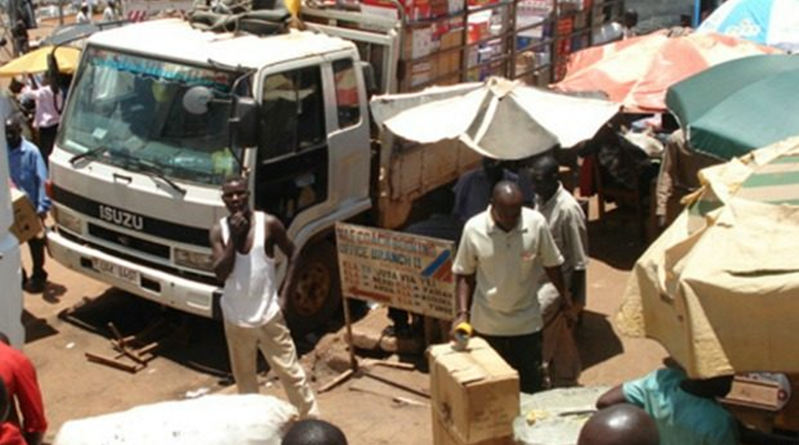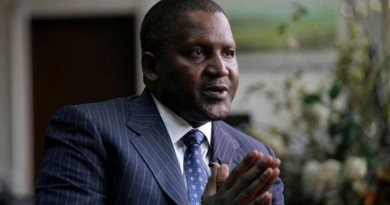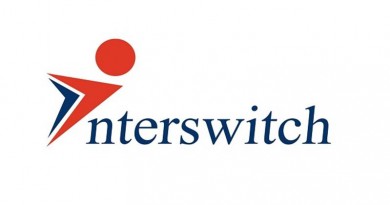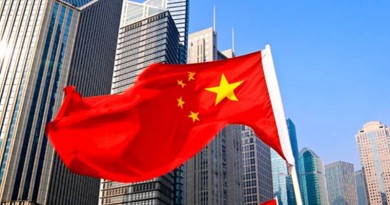The Future Of AGOA With Trans-Pacific Partnership Rising
The number of regional trade agreements has almost quadrupled in the past 25 years, from 70 in 1990 to around nearly 280 today.
The collapse of the Doha round of trade talks in Nairobi in December has deflected energy to regional trade agreements. These agreements are great in helping rejuvenate global trade, which slowed as the economic recovery tapered in recent years and the Chinese economy decelerated.
Africa is well positioned to engage regional trade agreements. Signed in Sharm-el-Sheikh, Egypt, in June 2015, the Tripartite Free Trade Agreement (TFTA) brings the Common Market of Eastern and South Africa (COMESA), the East African Community (EAC) and the Southern Africa Development Community (SADC) into the continent’s largest free-trade zone covering 26 countries from Egypt to South Africa.
The agreement aims to fuel the continued growth of intra-regional trade on the continent, which has skyrocketed from $2.3 billion in 1994 to $36 billion in 2014. Intra-Africa regional trade still accounts for just 25 percent of total exports for the sub-Saharan region, according to the Brookings Institute. By comparison, European and Asian intra-regional exports are at 70 percent and 50 percent respectively. Sub-Saharan Africa still has a distance to go.
Residual effect of Trans-Pacific Partnership on global trade
The Trans-Pacific Partnership agreement – once ratified – will bring together 12 economies in the Pacific Rim excluding China with the U.S. These countries account for 40 percent of the world’s gross domestic product and a third of its trade: U.S., Japan, Malaysia, Vietnam, Singapore, Brunei, Australia, New Zealand, Canada, Mexico, Chile and Peru.
The pact aims to deepen economic ties between them, cut tariffs and fostering trade to boost growth. The agreement could create a new single market something akin to the E.U.
Critics argue the Trans-Pacific Partnership is a representation of Africa’s disadvantage in the regional trade war. The Trans-Pacific Partnership (TPP) theoretically will cancel out a significant portion of the trade benefits that many African countries have under African Growth and Opportunity Act (AGOA).
The trade agreement focuses less on breaking down tariffs – a point of tension for getting approval in the U.S. – and more on environmental standards, labor laws and intellectual property sharing. This change in perspective and strategy stems from the changing dynamics of global GDP, where services are a greater part of cross-border business and trade. American negotiators estimate that by 2025 the TPP will make the world $220 billion a year richer, equivalent to approximately 1 percent of GDP.
And so for Africa…
African Growth and Opportunity Act (AGOA) focused extensively on tariffs and opening borders for made-in-Africa products. To that end, there has been some success and some struggles. The U.S. has demonstrated a greater openness and desire to import products from the East African Community. Yet many countries in the region are still scaling up to international standards, for example with packaging and labeling. This makes their participation today quite limited.
South Africa, which would be a likely U.S. partner, was engaged in a tariff argument with the U.S. over chicken exports earlier this year. And, according to U.S. trade statistics, U.S. exports to South Africa on average encounter a near 20 percent tariff, compared to near 5 percent for products from the European Union.
Throwing tariffs reduction to the wind is not the next step. It remains a big issue as South Africa demonstrates. That said, AGOA will need to be upgraded to tackle the service nature of cross-border trade and, in some cases, force economies to forge ahead in modernizing their business environments to compete in a more globally competitive market.
Some critics argue that the U.S. has no free trade agreements with specific countries in sub-Saharan Africa because of questions surrounding environmental standards and the sharing of intellectual property on the continent.
Growing relations with the East African Community (EAC) is potentially a first step in the U.S. signing with a sub-Saharan African country. The U.S. and the EAC signed a cooperation agreement in February 2015 that focused on implementation of the World Trade Organization’s Trade Facilitation Agreement enhancing food safety, plant and animal health, and building capacity to meet global trade standards.
Again, the discussion fails to address the major contentions of labor, intellectual property and environmental standards. It may be important for African trade representatives to start engaging in discussions with the U.S. (and Europe for that matter) to jump start greater trade agreement discussions. But even that effort would ignore what may be the most important next step. Watch TPP’s implementation and take notes. TPP is the newer and better AGOA. The next trade agreement between the sub-Saharan African countries and the U.S. as well as Europe should be a better version of TPP.
The previously mentioned Tripartite Free Trade Agreement has fallen behind schedule for the same reasons a sub-Saharan African version of the Trans-Pacific Partnership would struggle in today’s market: poor infrastructure, high transaction costs and a shortage of labor resources. Conquering these issues is a first step, albeit one that could use some cross-border business assistance and interaction, for example with the U.S. Thus, even without a trade agreement, beginning the discussion is necessary and the only precursor to achieving a more globally integrated sub-Saharan Africa.
By Kurt Davis Jr.
Source: http://afkinsider.com/133840/the-future-of-agoa-with-trans-pacific-partnership-rising/
Kurt Davis Jr. is an investment banker with private equity experience in emerging economies focusing on the natural resources and energy sectors. He earned a law degree in tax and commercial law at the University of Virginia’s School of Law and a master’s of business administration in finance, entrepreneurship and operations from the University of Chicago. He can be reached at [email protected].




